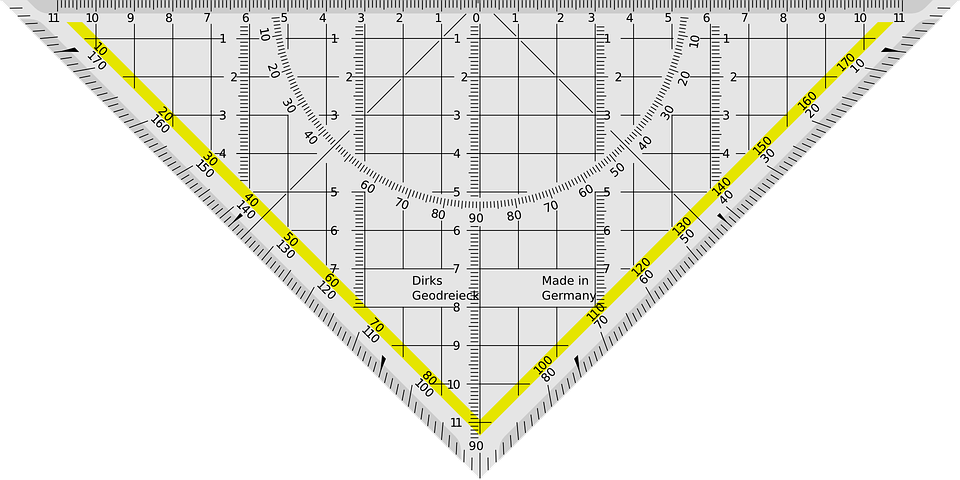Discover how crochet and sustainability have a natural intersection, as this craft involves creating beautiful and useful items from yarn, a renewable and versatile material.
The Doll’s House Maker
Joe’s Story
Background
Joe was married and had three kids at school.
Joe’s skill was woodworking.
His talent was crafting wooden doll‘s houses. With having two daughters he had made the first doll’s house when the girls were very young and they had hours of fun playing with it.
Joe worked in a factory. He did not earn much and Christmas was coming.
That year he designed a traditional doll’s house. The roof was painted in magic green and this set off the rustic style of the house beautifully.
The side hinged out so a child could play with the dolls and furniture and live out a fantasy life in miniature.
One year Joe made a sample house and invited the neighbours around to see and hopefully to take orders.
Joe got ten orders for his doll’s house that night. That meant he had four weeks to complete the work. He was excited.
The next Monday be received an order or another five houses from the original people who had seen the sample house, and who had told their friends. And so it was. Joe had verbal orders to build fifteen wooden doll’s houses by Christmas Eve.
He did.
He worked a forty-hour week at the factory and then every evening after dinner he started sawing and nailing wood in his garage. He worked every weeknight until midnight and all day at the weekend.
It took time. Every piece was cut and sanded by hand. The sides were glued and nailed together. The paint had to dry
He took pride in his work.
The Plan
He had bought all the materials he needed to make the houses for around $200. Joe planned to sell them for $20 each. So, his fifteen houses would be (15 x $20 = $300), giving him a profit of $100. This was the plan.
In the end he made the fifteen doll’s houses.
He was paid for ten as he delivered them the day before Christmas Eve but did not get paid for the final five.
Why, because he was too late in delivering them (the plan was Christmas Eve) but the people who had ordered the houses from him got nervous, that they would be let down, and so they bought other gifts for their kids.
That meant they did not have the cash to pay for the doll’s houses they had ordered from Joe.
In the end Joe broke even and was left with five doll’s houses.
Of course he may have broken even in the money numbers, but he was not compensated for all the work he had done for the past four weeks. That effort he was not paid for.
He was tired and had no extra cash for his family for their Christmas meal and gifts.
During the New Year he managed to sell the other houses eventually.
What went wrong?
This happens often that crafts people go into micro businesses (which is what it is if you make things to sell) not fully understanding the time commitment required and how to price correctly for their hand made goods.
Joe could have:
- Taken a deposit for each order
- Delivered the houses one-by-one as they were made
- Charged a bit more for each house
- Got help building the houses
- Made fewer houses, at a better price, that could have been delivered early
How You Can Benefit
You can benefit from Joe’s story in your micro business.
There are a few things you can do to improve how you manage you small craft business and I will discuss them in future posts.
- Your first sale
- How to calculate the true cost of your hand crafted items
- What to charge for your hand crafted goods
- How and why you should take a deposit
- How to respect your skills and charge accordingly
- What to do with the money you make

Author Bio
Alison Heathcote, a passionate crochet enthusiast and dedicated business blogger, combines her love for crafting and entrepreneurship to inspire and connect with others.
With a knack for transforming yarn into beautiful creations and a flair for sharing valuable insights about running a successful crochet business, Alison embodies the perfect blend of creativity and practicality.
More Articles
If you enjoyed this post and crochet is your thing, you may like some other crochet articles from our blog.

Triangle Shawl Crochet Design
Shawl and Wrap Shapes Wraps are rectangles and shawls are triangles. This is the general consensus. You can get semi-circle wraps as well. But in this post I'm discussing the structure of crocheted triangles. Triangles A triangle has three sides and three...

Your First Crochet Sale
Your First Crochet Sale Your first sale is defined as the one where you sell a hand-made crocheted item to someone you have never met. When you make your first sale it is one of the five steps towards building your prosperous crochet business. That initial sale can be...
